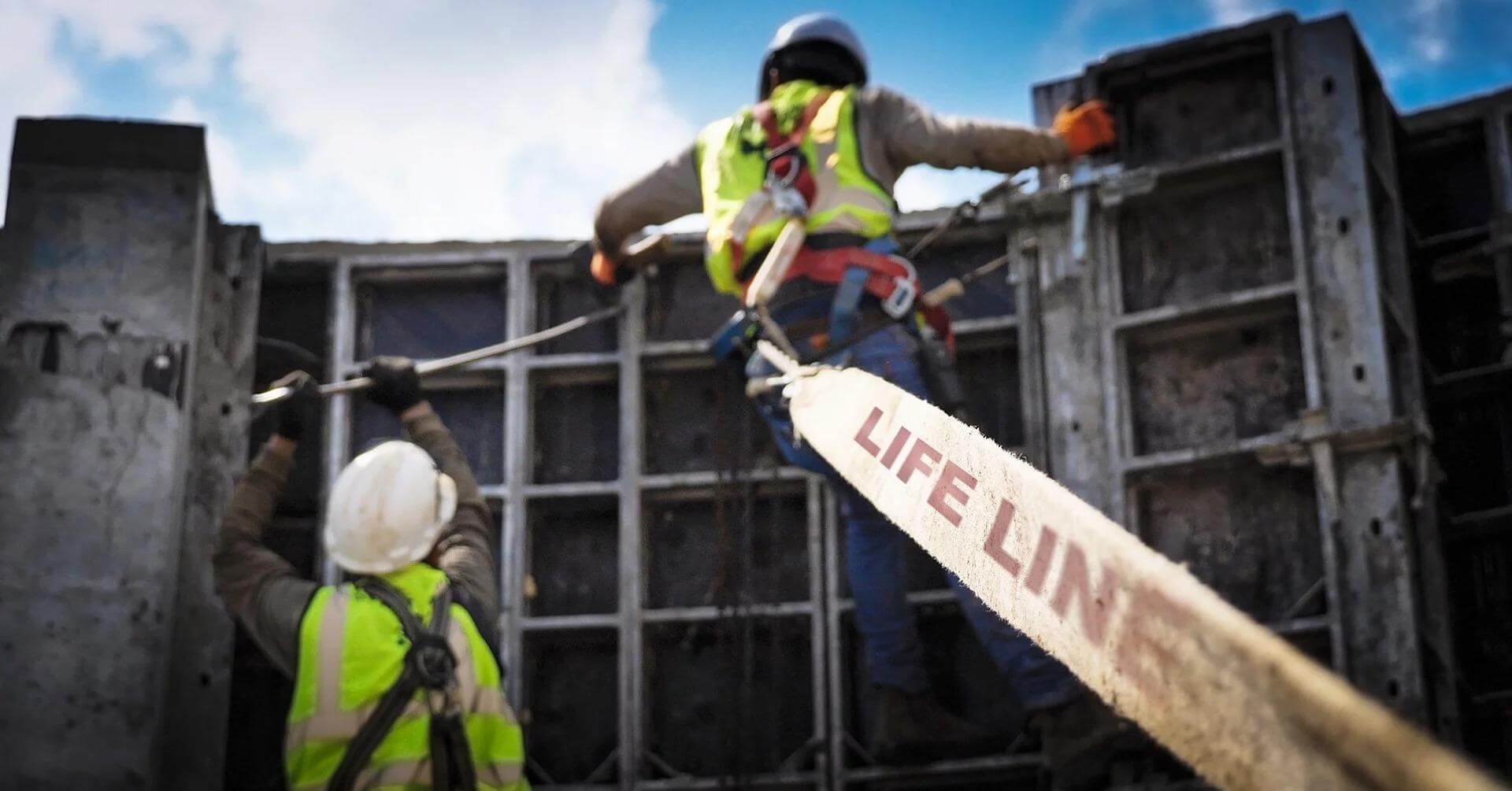In virtually every industry, a variety of adverse events will inevitably happen. That’s why it’s critical to understand the difference between these events and how to respond appropriately. In this blog, we’ll discuss the difference between incidents, accidents, and near-misses. We’ll also tell you about the best tool for dealing with all three.
What is an incident?
Let’s start with the term that covers the most ground. Here’s a good general rule to remember: all accidents and near-misses are incidents, but not all incidents are accidents or near-misses. In general, an incident is an event which:
- Interferes with regular work activity
- Causes pronounced risk that could affect daily work activity
- Disrupts the systems or operation of the workplace
Incidents are typically recorded for later investigation in a document called an incident report. Many different types of incident reports are used in a variety of industries and use cases, from health care and law enforcement to manufacturing and construction. Despite the wide variety of incident reports, they all serve as the first step in gaining an official understanding of what happened.
In other words, safety specialists, supervisors, and executives will rely on an incident report to take action or to relieve the company of liability. For example, if an intoxicated employee injures themselves on the job, the related incident report will contribute to the company’s case against worker’s compensation. This could also lead to the reinforcement of training and policies regarding drugs and alcohol.
In the case of an intentional or wanton disregard for company safety policies, it can be challenging to frame an incident as a true “accident.” We’ll cover more about that distinction in the next section.
What is an accident?
Bearing in mind the nature of incidents and incident reports, we know that accidents are a type of incident. The dictionary definition of accident is “an unfortunate event that occurs unintentionally and usually results in harm, injury, damage or loss.” However, at the outset of an apparent accident, it’s essential for investigators and witnesses to keep an objective perspective. The initial goal is not to assign blame but to gather all the information.
The term “accident” is inherently problematic because it both assigns blame and identifies the event as unintentional. It implies an actor (the person who caused the accident) and their lack of intent. The term has diminished in use because of these implications, and it appears less often on official documentation than it did decades ago.
Unsurprisingly, the replacement terms are “event” and “incident,” which both reinforce a neutral, fact-based approach to investigation. However, there is an argument to be made for the careful application of the word “accident.” Safety thought leader Terry Mathis defended the use of “accident” in a 2013 EHS Today article, stating:
The choice of terminology belongs to the users. If the term “accident” causes you heartburn, use another term. Just be aware that what you may be gaining in terms of definition, you might be losing in terms of an important implication that could improve performance as well as safety culture.
Accidents, unlike near-misses, are incidents in which something bad has already happened. We’ll cover more about what makes near-misses so different in the next section.
What is a near miss?
Near-misses are precisely what they sound like: an event in which a more severe outcome was narrowly avoided. This Buster Keaton stunt provides a great way to picture near-misses. Buster wasn’t injured, but he could have been if he were just a few inches to the left or right.
Like accidents, near-misses are a type of incident. It isn’t particularly challenging to determine whether an incident is a near-miss or not. It’s as simple as asking three basic questions:
- Did an unexpected or adverse incident occur?
- Was an employee or asset injured?
- Could an employee or asset have been injured if the conditions were only slightly different?
Although deciding which incidents are near-misses is easy, recognizing when an incident has actually occurred is not. Without the proper tools and training, employees may be unaware of when a critical safety incident happens on their watch. Thus, it is essential to ensure everyone in your organization has a clear understanding of how and when to report a near-miss.
Here are a few examples of near-misses:
- A worker trips over an extension cord but doesn’t fall
- Ignoring safety protocols, workers take a shortcut through an area requiring PPE without wearing PPE
- A worker was briefly trapped between a forklift and a pallet but got out without injury
- A poorly maintained machine sparks, but it does not cause a fire
- A worker begins digging a trench without checking for utility lines first; they luckily avoid a mishap
The best way to stay ahead with near-misses is with the proactive use of incident reports, which we’ll cover in the next section.
How to handle adverse events with incident reports
We extensively covered best practices for creating incident reports in a previous blog post. Here, we’ll summarize those best practices and show you how a mobile solution can significantly impact the quality, accuracy, and connectivity of your incident reports.
Facts come first with incident reports. Because of this, a mobile solution is uniquely positioned to keep reports on-rails through the use of custom branching logic and workflows. These ensure workers not only capture the best possible account of what happened, but they also activate the next logical step. Instead of waiting for instructions, the reports go straight to the right supervisor as soon as they’re complete. From there, bouncing priority between several different stakeholders is easy (and often automatic).
Second, data collected in an incident report should be precise and clear. Make questions multiple choice whenever possible. When an employee needs to write freely, make sure they type it on a mobile app rather than scrawling it out on a piece of paper. Use a mobile solution’s built-in photo capture to attach images to forms and mark them up for further clarity.
Finally, make certain your incident reports are accountable. A mobile solution provides clear audit trails, not unlike traditional “paper” trails. However, within a digital environment, keeping track of everyone’s responsibilities and contributions is instantaneous. A mobile solution guarantees you’ll never scroll through an email chain for clarification, and you’ll never have to chase down lost paperwork.
How FORM can help
Incident reports are foundational for tracking and understanding accidents in the workplace. Form.com specializes in making everyday incident reports and relevant workflows faster, easier, and more accurate. We work with you to create a custom forms automation solution that fits your unique process perfectly. Get in touch with a solutions expert today to learn how Form.com can help your organization track workplace safety with configurable incident reports.




